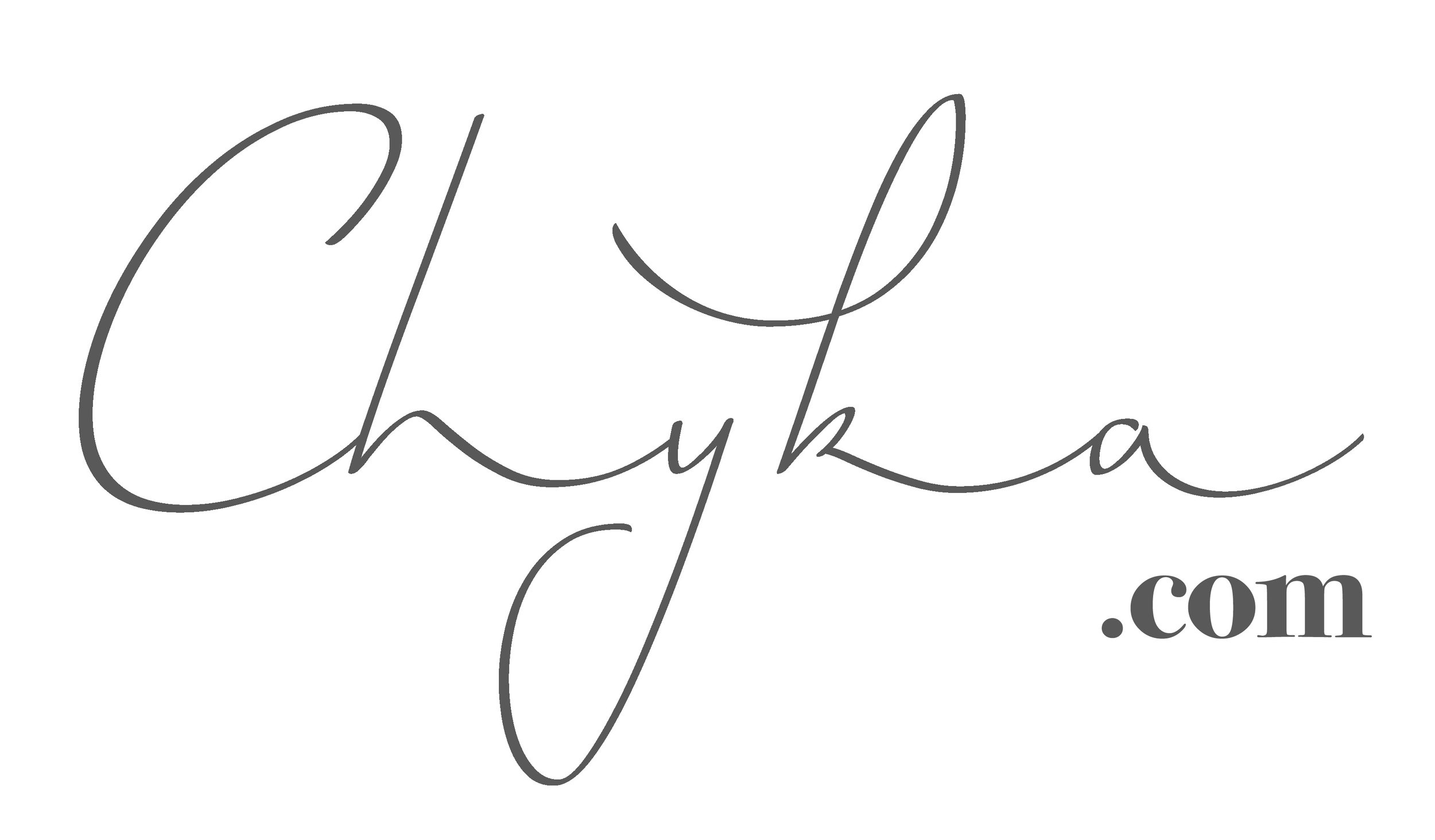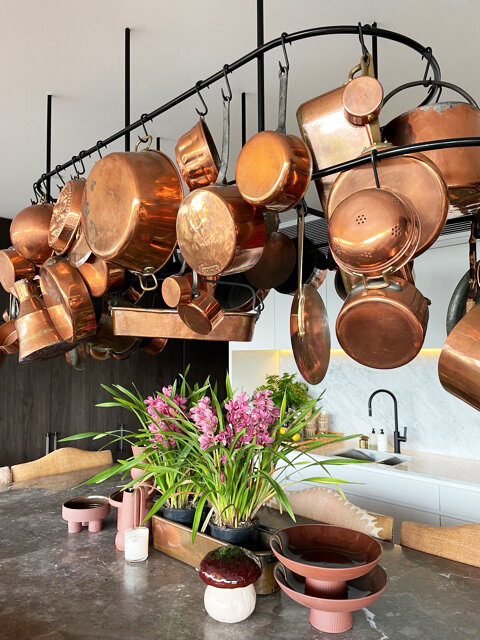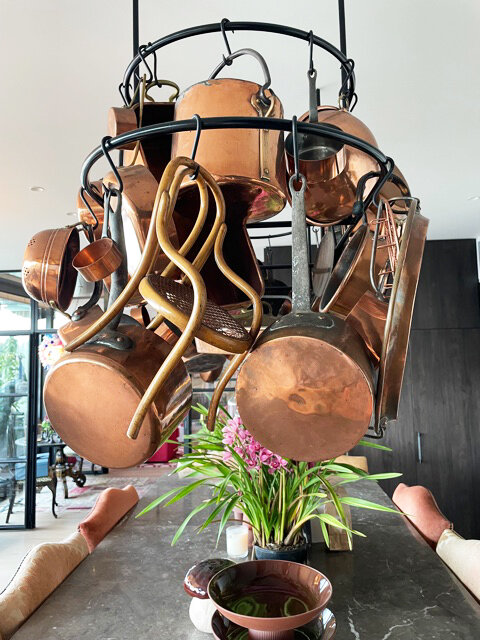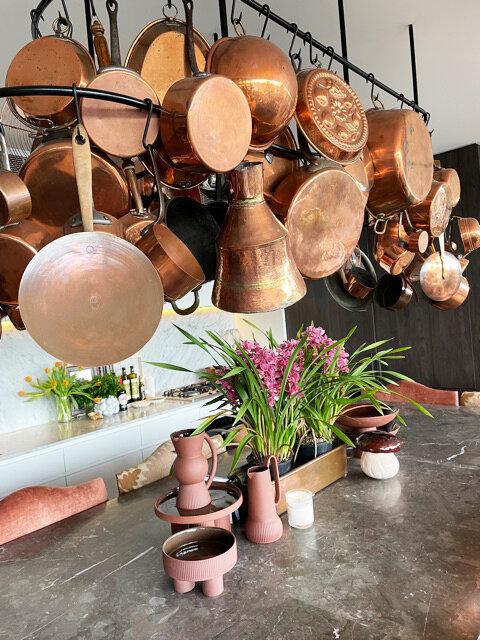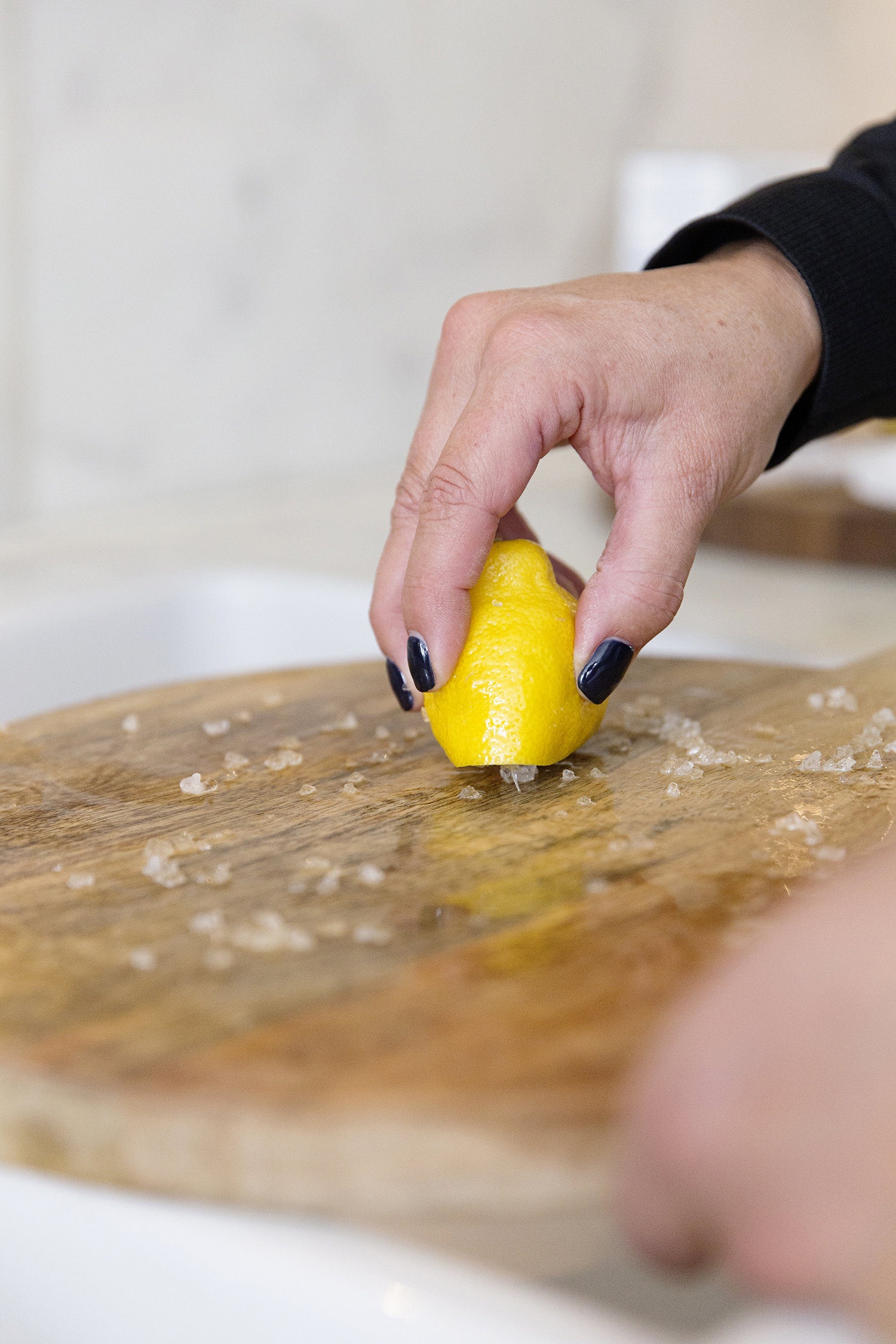Collecting Copper For The Kitchen
WORDS: CHYKA KEEBAUGH
IMAGES: Eve Wilson for The Design Files
Styling: Lucy Feagins
I am often asked about my collections…
…And why I collect what I collect. From white porcelain bunnies to glass Christmas baubles, from black spined books to vintage shoehorn in cloches, each collection has a story, and each story is close to my heart. Just like this one.
When Bruce and I started designing our apartment, we knew that we needed to have a focal point in our kitchen. We ummed and ahhed, searched for inspiration and then saw it - an image of the most divine, rustic kitchen laden with copper pots. Something eclectic and vintage, visually stunning and just… WOW!
We decided that through the centre of the kitchen, we would hang a mass of copper pots, all varying in sizes, uses and age. We knew for this look to work, we needed a fair bit of copper - little did we know how much it would weigh, so our builders had to install another beam to ensure the rack would hold and off we went! On the hunt for the perfect collection of copper pots.
We were lucky enough to find at an auction house an entire box of copper that came from France and hadn’t been unwrapped…The pieces were stunning, and after a good clean, one by one, they came to life. We were so excited to find that one of the pots was, in fact, from the kitchen of King Louis! Oh, that stories that pot could tell! That extraordinary piece now lives on the stove, very much the pride and joy of our kitchen.
It’s one thing having lots of beautiful copper, but it’s also really important to take it all down once a year to keep it looking beautiful and clean. There are many products on the market, from copper cleaner and copper brushes to make sure it’s sparkles. Still, there are two items you already have in your pantry that do the job perfectly - lemon and salt!
How To Clean and Polish Copper
What You Need
Lemon
Table salt
Equipment
Rag/cloth
Bowl (optional)
Instructions
Gather your supplies: This process will be easier if you have all of your tarnished copper together in one spot. Once you have all your stuff, go ahead and cut that lemon in half.
Add salt: Add salt to the lemon half and rub the copper with the lemon. Use the lemon directly on the surface instead of an applicator, like a rag or sponge. Continue to rub the surface and apply salt as needed until tarnish is removed.
Tackle tougher spots with a paste: Squeeze lemon juice into a bowl and mix with salt. Apply to the lemon with a spoon and rub directly on copper. Allowing longer exposure by using a paste will help clean stained or hard-to-reach areas.
Rinse and dry: Rinse the pot clean with warm water. Dry thoroughly.
Buff: Buff with a dry, clean cloth for additional shine.
Important Note These methods are not recommended for lacquered copper. How do you know if you have lacquered copper? If the surface of your copper pot has a shiny, glossy finish that does not change colour or brown with use, it is most likely lacquered copper.
The fun thing about starting to or adding to a collection is that you are constantly on the lookout. It’s the thrill of the hunt and I love finding other bits and pieces to add to my collection from antique stores, bric-a-brac and op shops. For me, it’s all about finding copper in new and unusual shapes, how it will hang and how it will interact with the piece beside it. I love to layer, I love to add that one more thing to a table, stand back and admire it en masse. So if you love it, start collecting it! You are on your way to creating a home you love full of treasures that mean something to you.
Credits: Copper cleaning information via www.thekitchn.com
